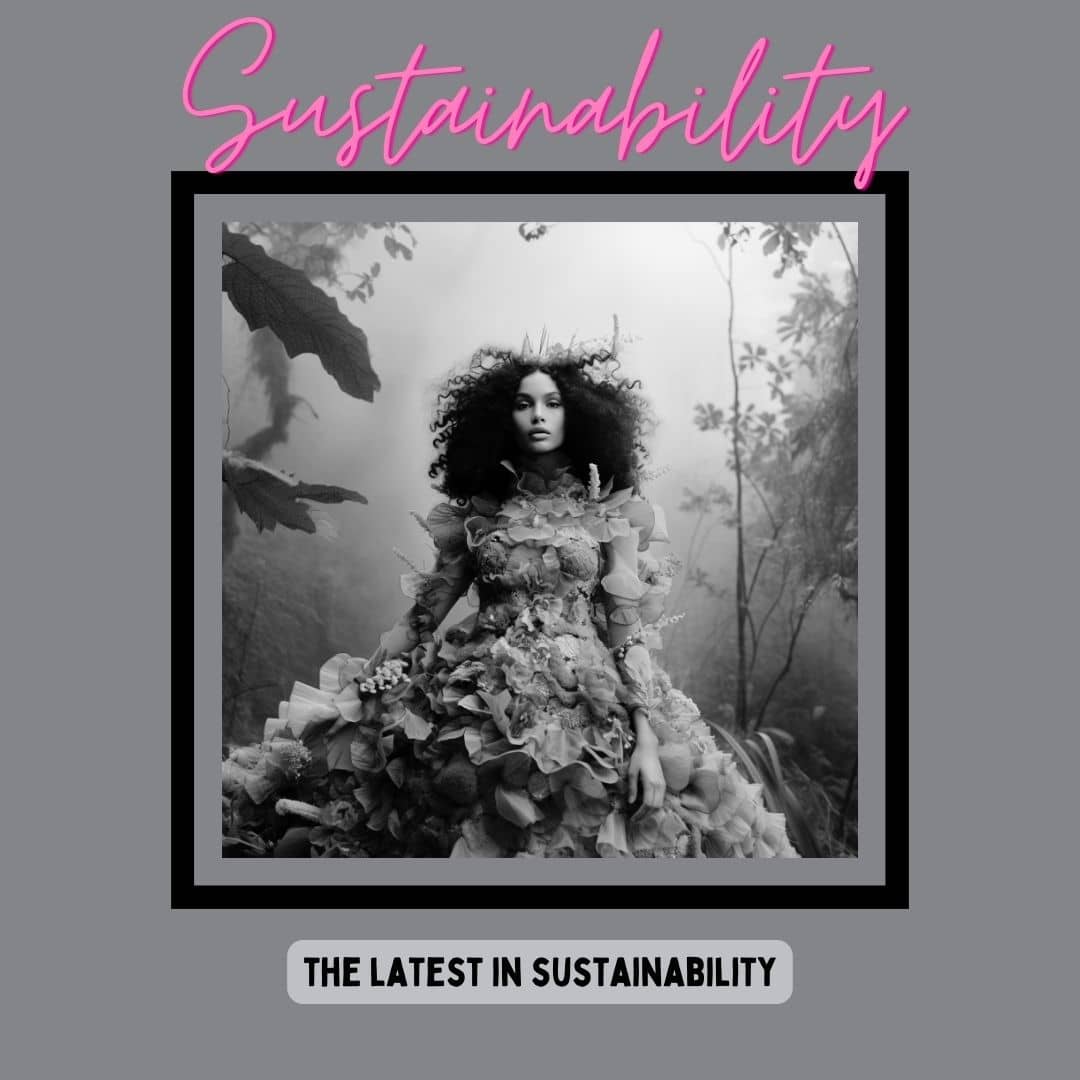6 Reasons To Adopt
Slow Fashion
01
Environmental Impact
The Clothing industry are responsible for a vast amount of CO2 emissions. Sustainable fashion aims to reduce that whilst also finding new less used resources. Fashion that is kind to the planet.
02
Ethical Sourcing
Fashion has a history of poor treatment in its production process. Slow fashion supports ethical sourcing practices, promoting fair treatment for humans and animals.
03
Drives Individuality
Supporting sustainable fashion drives personal style and individuality, encouraging us all to be creative with what we already have at hand.
04
Second-hand Shopping
Fashion waste is causing a problem for the environment and communities. Embracing sustainable fashion encourages second-hand shopping and clothing rental, reducing waste
05
Better Quality
Sustainable fashion focuses on durability, ensuring that clothes last longer and save money in the long run offering higher-quality garments that stand the test of time
06
Community
Be part of the bigger picture. Sustainable fashion is adopting a kinder way of life towards yourself and others. Promoting a quality lifestyle and a better world.
“Fashion is one of the most polluting industries in the world. We need to change that.”
– Emma Watson
Discover Brands that are Stylish and Sustainable
By exploring these brands, you can discover a range of options that allow you to express your personal style while making a positive impact on the planet.
From eco-friendly materials to fair trade practices, these brands are leading the way towards a more sustainable and fashionable future.
Revamp or DIY your Clothing
By revamping or DIY-ing your clothing, you have the opportunity to breathe new life into old garments.
So, grab your sewing kit, gather your ideas, and let your imagination run wild as you embark on a journey of self-expression!
92m
Tons of Fashion Waste is generated each year!
93%
Of Fashion Brands do not pay their garment workers a living wage
10%
Of Global Carbon Emissions are down to clothing production
85%
Of the worlds fur is from Animals that are poorly treated and killed
Please note these statistics are subject to change. Last updated December 2023
SUBSCRIBE BELOW
And stay up to date with Sustainability in Fashion
Clothing take back schemes has gained popularity as a responsible solution to address the rising volumes of textile waste. These…
In recent years, the concept of green washing has become a hot topic in the world of fashion! Brands have…
The fashion industry, known for its glamour and allure, has long been under scrutiny for its detrimental impact on the…
In recent years, the fashion industry has faced increasing scrutiny over its environmental and social impact. A recent consumer report…
In a revolutionary move, Copenhagen Fashion Week is setting a new benchmark in the fashion industry by prioritising sustainability for…
Finding the PERFECT pair of stylish and sustainable trainers can be quite a challenge. But fear not, because WWorld have…
The Trainer/Sneaker market, once a rapidly growing industry, has experienced a significant slowdown in recent years. The days of skyrocketing…
The fashion industry is facing a significant shift as European policy makers propose new regulations. These regulations are to address…
The European Commission is taking a bold step towards promoting sustainable fashion. By aiming to have all planned regulations requiring…
Frequently Asked Questions
What are some eco-friendly materials used in sustainable fashion?
Some eco-friendly materials used in sustainable fashion include organic cotton, hemp, linen, bamboo, and Tencel. These materials are grown and processed using fewer chemicals and resources compared to conventional fabrics.
Is buying second-hand clothing considered sustainable fashion?
Yes, buying second-hand clothing is considered a sustainable fashion choice because it helps reduce clothing waste and extends the lifespan of garments.
How can I support sustainable fashion on a budget?
Supporting sustainable fashion on a budget can be done by exploring thrift stores, vintage shops, and online marketplaces for second-hand clothing. Additionally, you can focus on building a capsule wardrobe with versatile and timeless pieces that can be mixed and matched, reducing the need for frequent shopping.
What is sustainable fashion?
Sustainable fashion refers to clothing and accessories that are produced in an environmentally and socially responsible manner. It focuses on reducing the negative impact of the fashion industry on the planet by using eco-friendly materials, minimizing waste, and promoting fair labour practices throughout the supply chain.
How can I incorporate sustainable fashion into my wardrobe?
You can incorporate sustainable fashion into your wardrobe by choosing clothing made from organic or recycled materials, supporting brands that prioritize ethical and transparent practices, and opting for timeless and durable pieces that can be worn for a long time.















